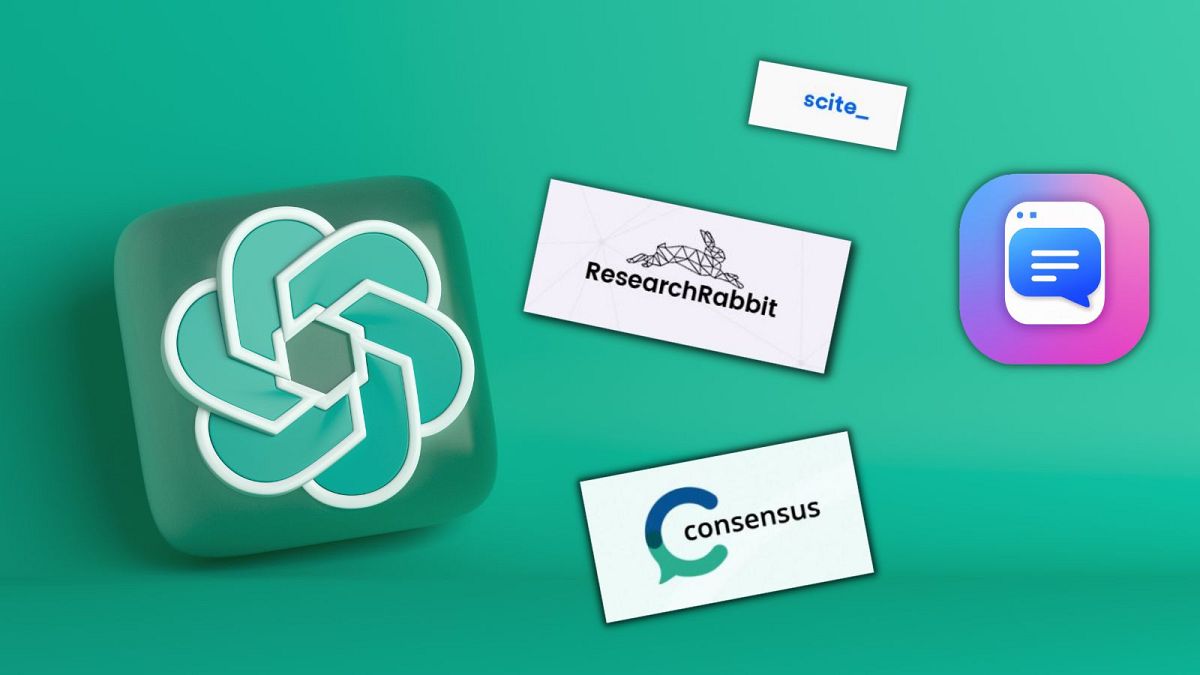Impact of AI tools on Water Usage
The widespread adoption of AI tools like ChatGPT is leading to a concerning surge in water consumption by major tech companies. These companies operate data centers that require significant amounts of water for cooling their equipment, which generates excess heat during the computational processes necessary for AI applications such as ChatGPT to function.
Increasing Water Consumption by Tech Giants
According to Microsoft’s annual environmental report, the company's global water usage rose by over a third from 2021 to 2022, amounting to nearly 1.7 billion gallons. This surge in water consumption is attributed to the substantial growth in AI products like Open AI’s ChatGPT. Similarly, Microsoft reported a 14% increase in water usage from 2020 to 2021.

Google also experienced a notable increase in water usage, consuming about 20% more water compared to the previous year, as indicated in their most recent environmental report. This translates to approximately 5.6 billion gallons, equivalent to the water required to irrigate 37 golf courses annually based on Google’s estimates.
Water Usage by AI Tools
Researcher Shaolei Ren from the University of California, Riverside, highlights the significant impact of AI products on water consumption. He estimates that tools like ChatGPT utilize approximately 500 milliliters of water for every five to fifty questions asked. This escalating water demand is projected to continue rising with the growing popularity of AI technologies.

Challenges Faced by Data Centers
Aside from water consumption, data centers pose additional challenges to the environment. These facilities reportedly account for up to three percent of global electricity consumption, a figure expected to increase to four percent by 2030. Recognizing the issue, companies like Microsoft and Google are exploring strategies to enhance the efficiency of their systems in both training and application processes.
Sustainable Solutions
In response to the escalating water usage, tech companies are implementing various sustainable practices. For instance, Google is exploring alternatives to freshwater by utilizing wastewater, industrial water, or seawater for cooling purposes. In a unique approach, Google's data center in Douglas County, Georgia, cools its operations by recycling local municipal wastewater.

Moreover, innovative strategies such as constructing data centers in cooler climates or designing energy-efficient infrastructure are being adopted to reduce water consumption. Notably, in 2018, Microsoft submerged an underwater data center near Orkney, Scotland, leveraging cold seawater for efficient cooling.

As the demand for data centers continues to rise, it is imperative for tech companies to prioritize sustainability and explore eco-friendly solutions to mitigate the environmental impact of AI tools on water usage.



















